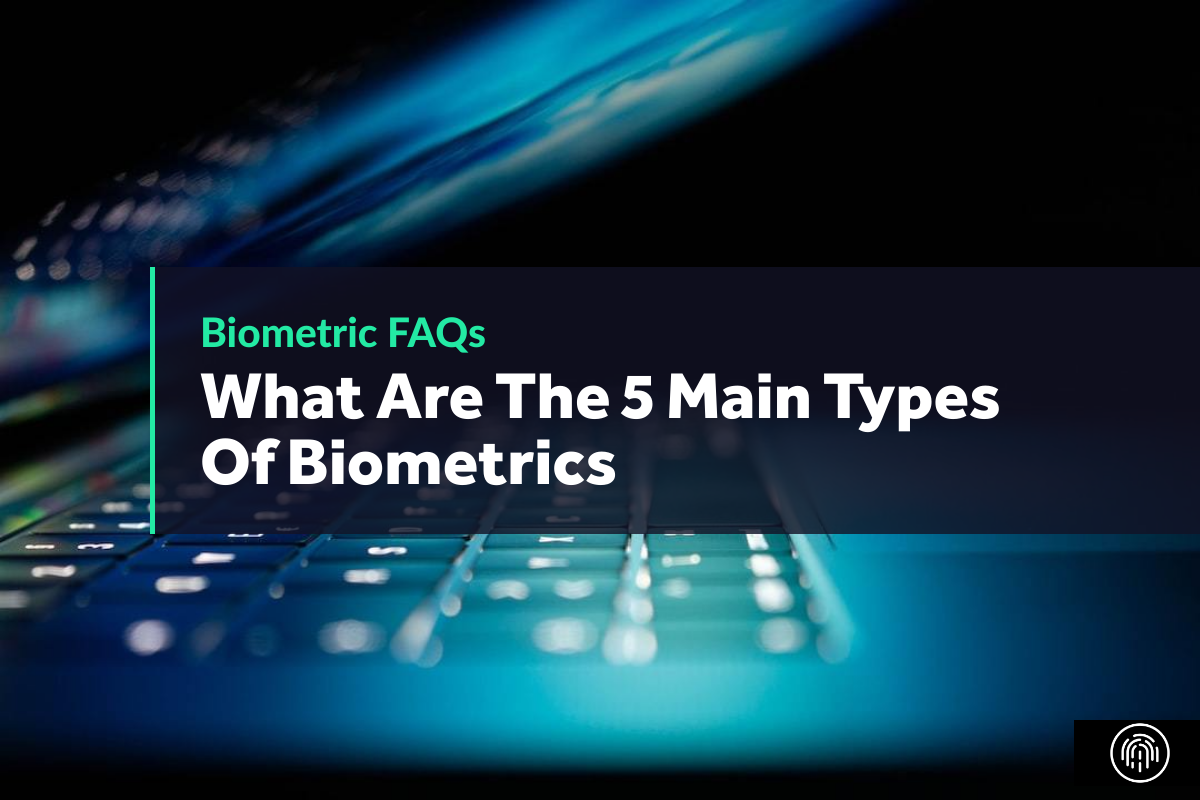What are biometrics
A biometric is any characteristic that uniquely identifies one person over another. There are many examples of biometrics including fingerprint, retina scan, facial recognition, DNA, and voice print. Each biometric system uses a specific set of features to capture data and compare them against a database of known samples.
Why are biometrics useful?
Biometrics can be used for a variety of purposes, including identity verification, security, and fraud prevention.
Biometric data is used in a variety of ways due to being extremely accurate and reliable. They are not easily replicated and cannot be forged. Unlike passwords, biometrics do not need to be memorized. A biometric system does not require a password or PIN code to unlock a device. Biometrics are also convenient and fast. Most systems take less than a second to verify someone’s identity.
Where are biometrics used today?
There are currently two main areas where biometrics are being used today. One area is access control. Access control systems use biometrics to allow authorized personnel into secure facilities. Another area is law enforcement. Law enforcement agencies use biometrics to confirm the identities of suspects.
However, biometric authentication is used in our everyday lives, with laptops/phones and other devices providing the ability to use biometric data as a means of security, instead of requiring a password.
What Are The 5 Main Types Of Biometrics
There are five main types of biometrics: fingerprint, face, iris, voice, and signature. Each type of biometric has its own strengths and weaknesses, so it is important to choose the right one for the job at hand.
Fingerprint recognition: Fingerprints are the oldest form of biometric identification. They are made up of ridges and valleys on our fingers. When we touch something, friction causes the skin to stretch out and create indentations. Our fingerprints are unique to us and can never change.
Face recognition: Face recognition is another popular biometric. Face recognition is similar to retinal scanning. However, instead of analyzing the veins in the eyes, facial recognition technology analyzes the shape of the face. Facial recognition is becoming increasingly popular due to advances in computer vision.
Retina recognition: Retina and Iris recognition is a newer technology that is becoming more popular. Retinal scanning works similarly to a fingerprint scanner. It captures the pattern of blood vessels in the back of the eye. The veins and arteries in the eye move constantly and provide a constant flow of blood. By capturing the movement of blood cells, retinal scanners can accurately determine if a person is looking directly at the camera.
Voice recognition: Voice recognition is the process of converting spoken words into text. Voice recognition software compares the sound waves produced by a speaker’s vocal cords to those stored in a database. Once matched, the software converts the sounds into text.
Signature recognition: Signature/handwriting recognition is the least common type of biometric, but it is still used. It is not as accurate as other types, but it is easy to use and does not require any special hardware.
What other types of biometric identification are there?
Finger vein patterns: This type of identification is based on the unique pattern of veins in an individual’s fingers. This information can be used to verify the identity of a person, and it is difficult to forge.
Palm vein patterns: Palm vein recognition technology uses an infrared camera to capture an image of the unique pattern of veins in a person’s hand. This information is then converted into a digital template that can be used to verify the person’s identity.
Gait Analysis – Gait analysis is the study of human walking. It measures the way humans walk and analyze the differences between each individual’s stride. Gait analysis is used to detect abnormalities in a person’s gait. For instance, if a person walks slower than normal, then he may have Parkinson’s disease.

